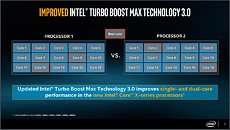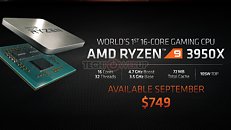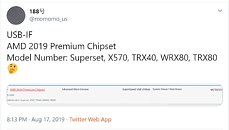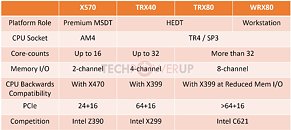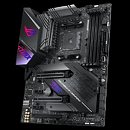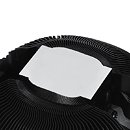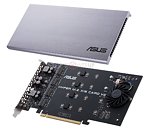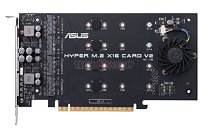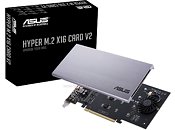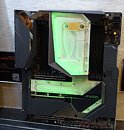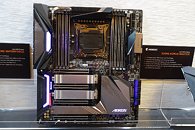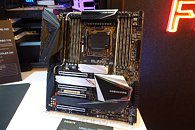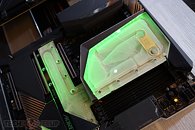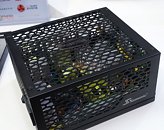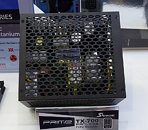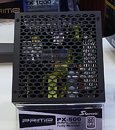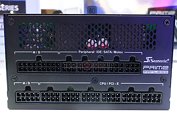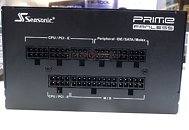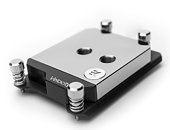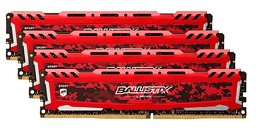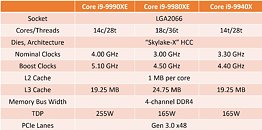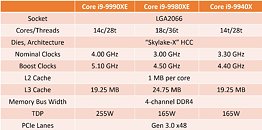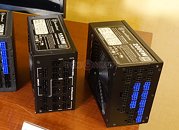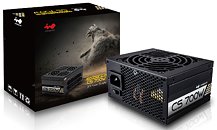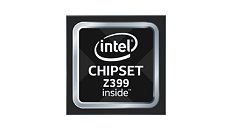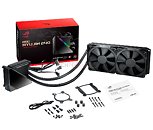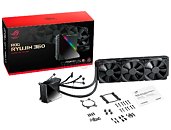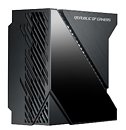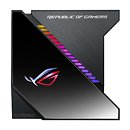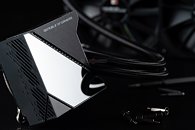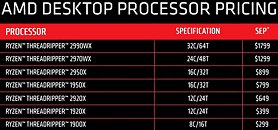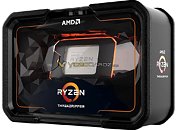
Windows 10 2H19 Update to Have "Favored Core" Awareness, Increase Single-threaded Performance
The next big update to Windows 10, slated for some time later this year, will have awareness to "favored cores." This leverages the ability of some of the latest processors to tell the operating system which of its cores are marginally "better" than the other, so it could push more of its single-threaded workloads to that core, for the highest boost clocks. Not all cores on a multi-core processor die are created equal, due to minor variations in manufacturing. Intel processors featuring Turbo Boost Max 3.0, as well as AMD Ryzen processors, have the ability to tell the operating system which of its cores are "better" than the other, which core is the "best" on the die, which is the "best" in a particular CCX (in case of "Zen" chips), and so on.
The best cores on a silicon are called "favored cores," and proper OS-level optimization could improve performance on 1-4 threaded workloads by "up to 15 percent," according to Intel. This, however, requires the processor to support Turbo Boost Max 3.0, which currently only HEDT processors do in the Intel camp. Over in the AMD front, Microsoft introduced more awareness to the multi-CCX and multi-die design of "Zen" processors with Windows 10 1903, and schedules workloads to make the most out of Zen's multi-core topology. "Zen" processors are able to report their best cores per CCX, per die, and per package, and the Ryzen Master software already displays this information, however, Windows hasn't been able to exploit favored cores. This will change with the upcoming major Windows 10 update.
The best cores on a silicon are called "favored cores," and proper OS-level optimization could improve performance on 1-4 threaded workloads by "up to 15 percent," according to Intel. This, however, requires the processor to support Turbo Boost Max 3.0, which currently only HEDT processors do in the Intel camp. Over in the AMD front, Microsoft introduced more awareness to the multi-CCX and multi-die design of "Zen" processors with Windows 10 1903, and schedules workloads to make the most out of Zen's multi-core topology. "Zen" processors are able to report their best cores per CCX, per die, and per package, and the Ryzen Master software already displays this information, however, Windows hasn't been able to exploit favored cores. This will change with the upcoming major Windows 10 update.
